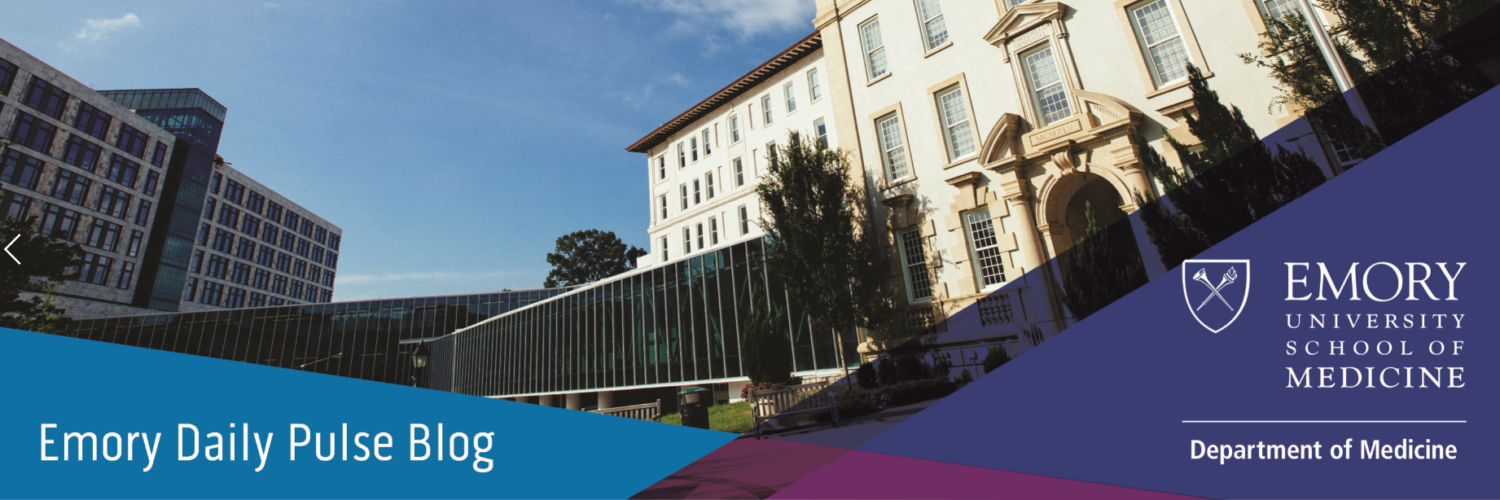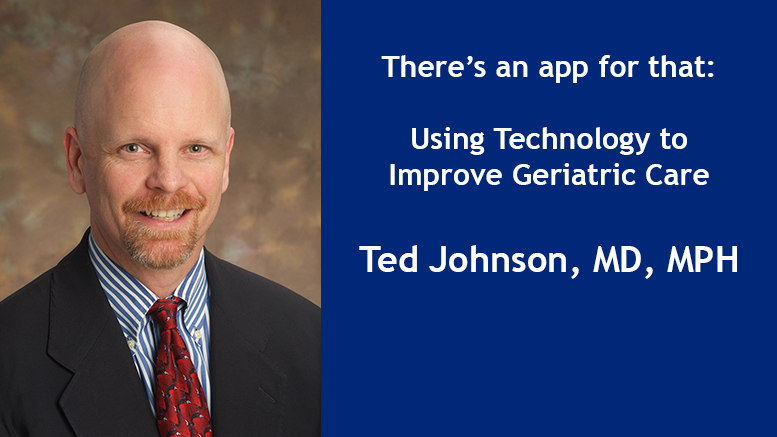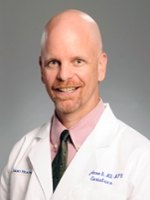For Dr. Ted Johnson, “frailty” is not just aging, but function. Frailty is not a new concept – Dr. Linda Fried, then at Johns Hopkins, published seminal work on frailty studies 15 years ago. Frailty is well-defined in measurable, clinical terms: low grip strength, low energy, slowed walking speed, low physical activity, and/or unintentional weight loss. The challenge for geriatric providers and researchers like Dr. Johnson has been figuring out how to translate the construct of frailty into daily clinical care. In other words, how do we categorize frailty so that we can use that information to help providers, patients, and families make better decisions about treatment plans and to improve population health?
It turns out, there’s going to be an app for that. Dr. Johnson is co-leading a research team from Emory’s section of Geriatric Medicine with engineer Brian Jones from Georgia Tech’s Center on Technologies to Support Successful Aging with Disability (TechSAge) to come up with a technological solution to a problem – how to consistently and safely measure usual walking pace–gait speed–in a busy clinical setting. When gait speed, age, and gender are known, a patient’s frailty can be accurately assessed.
The idea for the project began in 2013, when Dr. Stephanie Studenski, now at the National Institutes on Aging, came to Emory to deliver the third annual Bettye Rose Connell Memorial Keynote Lecture. In the course of her lecture, “Loss of Mobility is NOT Normal Aging,” Dr. Studenski noted that hospitals and health care systems were not performing gait speed assessments on a regular basis. As she listed the equipment needed to assess gait speed (pen, paper, colored graph, calculator, tape measure, stop watch), it occurred to Dr. Johnson that there might be an easier way. Once his team started developing the app, they asked for feedback from clinic nurses and medical assistants. “They were worried about someone falling and said that they would often walk alongside the patient during the test. That added another level of complication – safety vs. getting meaningful results,” Dr. Johnson said.
Once the app is ready, it will be tested and refined. By using the app, caregivers and health professionals can offer predictive assessments about expected survival, which gives them a better way to make informed decisions about the risks and benefits of a contemplated medical procedure and make recommendations about symptom-directed vs. curative care. As Dr. Johnson points out, “a patient should not be told that certain types of care are unavailable just because he or she is 80 years old. Understanding how vigorous or vulnerable a patient is allows us to be more thoughtful and individualized about care plans.”
The ultimate goal is to use predictions about the future to refine the quality of care for older patients. Providers will be better able to diagnose frailty and be more aware of an unexplained decline. That way, they will have a better chance of figuring out what’s wrong and whether anything can be done to stop or reverse the decline. As it turns out, human frailty may be common, but identifying it will be a useful tool in deciding the right care and addressing decline to improve our health.
Related Links
- Emory Division of General Medicine and Geriatrics
- Emory University Department of Medicine
- Self-care is the caregiver’s most critical task
- VIDEO: Emory Center for Health in Aging
Supported by the National Center for Advancing Translational Sciences of the National Institutes of Health under Award Number UL1TR000454 and The Rehabilitation Engineering Research Center on Technologies to Support Successful Aging with Disability (RERC TechSAge) with funding from the National Institute on Disability, Independent Living, and Rehabilitation Research (NIDILRR grant number 90RE5016-01-00). The content is solely the responsibility of the authors and does not necessarily represent the official views of the National Institutes of Health or the National Institute on Disability, Independent Living, and Rehabilitation Research.



Be the first to comment on "“There’s an app for that:” Using Technology to Improve Geriatric Care"